|
|
|
|
|
|
|
|
Photo Gallery for Plethodon metcalfi - Southern Gray-cheeked Salamander
| 9 photos are shown. |
 | Recorded by: B. Bockhahn
Macon Co. |  | Recorded by: B. Bockhahn, J. Thomson
Macon Co. |
 | Recorded by: B. Bockhahn
Macon Co. |  | Recorded by: B. Bockhahn, J. Thomson
Macon Co. |
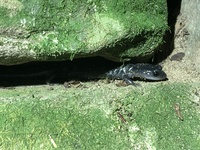 | Recorded by: B. Bockhahn
Macon Co. |  | Recorded by: B. Bockhahn
Macon Co. |
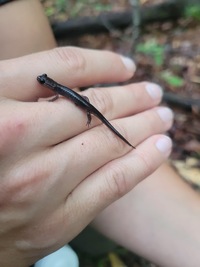 | Recorded by: M. Krintz
Transylvania Co. | 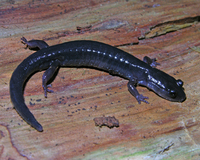 | Recorded by: Owen McConnell
Graham Co. |
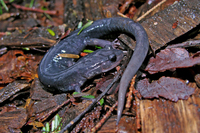 | Recorded by: Owen McConnell & Roger Rittmaster
Graham Co. |
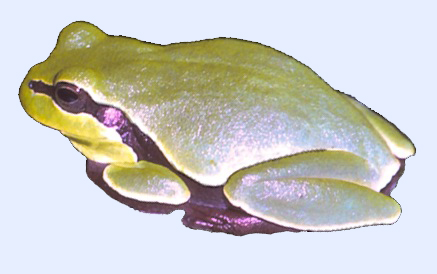
 »
»



 »
»

